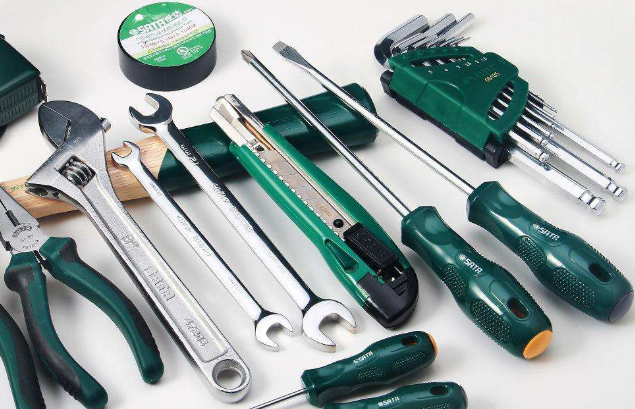English Word Quantity Expression Skills
Abstract:
This article aims to explore various techniques for expressing quantity in English. It consists of four sections: introducing general strategies for quantity expressions, discussing specific tactics for countable nouns, discussing specific tactics for uncountable nouns, and addressing alternative ways to express quantity. By employing these skills, English learners can enhance their communication abilities and avoid misunderstandings related to quantity expression.

Section 1: General Strategies for Quantity Expressions
One of the most straightforward ways to express quantity in English is by using numerical expressions. This includes cardinal numbers (e.g., one, two, three) and ordinal numbers (e.g., first, second, third). Numerical expressions are used not only for counting objects but also for indicating order or sequence.

For example: She has three books. (counting) He came in second place. (order)
Furthermore, fractions (e.g., one-third, two-fifths) and decimals (e.g., 0.5, 3.14) can be used to express parts of a whole or precise quantities.
Quantifiers are words or phrases that indicate approximate quantity. They provide a more flexible approach when the exact number is unknown or not important. Common quantifiers include "some," "a few," "several," "many," "a lot of," "a large number of," "few," "not many," "not much," and "not a lot of."

For example: There are some apples left in the basket. (unknown quantity) I have a few friends coming over. (small quantity)
It's crucial to note that different quantifiers are more appropriate for countable or uncountable nouns. For instance, "many" is used with countable nouns, while "much" is used with uncountable nouns.

Adjectives and adverbs can also be used to express quantity. Adjectives modify nouns, while adverbs modify verbs, adjectives, or other adverbs.
For example: This is a big problem. (adjective modifying noun) He runs very fast. (adverb modifying verb)
By using appropriate adjectives or adverbs, English learners can convey the size or extent of quantity more vividly.
Section 2: Tactics for Countable Nouns
When dealing with countable nouns, it's essential to use specific numbers and plural forms correctly. Singular countable nouns are used with numerical expressions or quantifiers, while plural countable nouns are used without them.

For example: I have two cats. (singular countable noun with a numerical expression) They have books on the shelf. (plural countable noun)
To provide additional information about quantity, countable nouns can be accompanied by quantifiers and determiners. Quantifiers modify countable nouns to express approximate quantity, while determiners specify and limit the noun's reference.

For example: Give me a few minutes, please. (quantifier) Can you pass me that book? (determiner)
Expressions of quantity, such as "a pair of," "a dozen," "a couple of," and "a group of," are commonly used with countable nouns to indicate specific amounts.

For example: She bought a pair of shoes. He ate a dozen cookies.
Section 3: Tactics for Uncountable Nouns
Uncountable nouns, also known as mass or non-count nouns, can be expressed using units of measurement. These units give specificity and help create a clearer image of quantity.

For example: I need two cups of flour. He drank a glass of water.
Descriptive phrases can be employed to indicate the size or amount of an uncountable noun.
For example: He has a large amount of money. She needs a little bit of patience.
Partitives are expressions that describe a part of a whole. They are frequently used with uncountable nouns to express approximate quantity.
For example: Could you give me some of the information? I would like a piece of advice.
Section 4: Alternative Ways to Express Quantity
Comparative and superlative forms can be utilized to express relative quantity.
For example: This book is longer than that one. She is the tallest in the family.
Certain verbs and phrases can also be applied to indicate quantity.
For example: The room can accommodate up to 100 people. They spent a significant amount of time studying.
Contextual clues can assist in inferring quantity even when it is not directly stated.
For example: The shelves were full of books, indicating a large number of books.
Conclusion:
In conclusion, expressing quantity in English requires a variety of techniques. By using numerical expressions, quantifiers, adjectives, and adverbs, learners can convey quantity effectively. Countable nouns can be dealt with using numbers, plurals, quantifiers, determiners, and specific expressions of quantity. Uncountable nouns can be expressed through units of measurement, descriptive phrases, and partitives. Additionally, alternative methods such as comparisons, verbs, phrases, and contextual clues can also be utilized. Mastering these skills will enable English learners to communicate accurately and avoid misunderstandings related to quantity.
标题:如何用英语说数量单词呢(英语表达数量的单词技巧)
地址:http://www.hmhjcl.com/heji/124812.html

